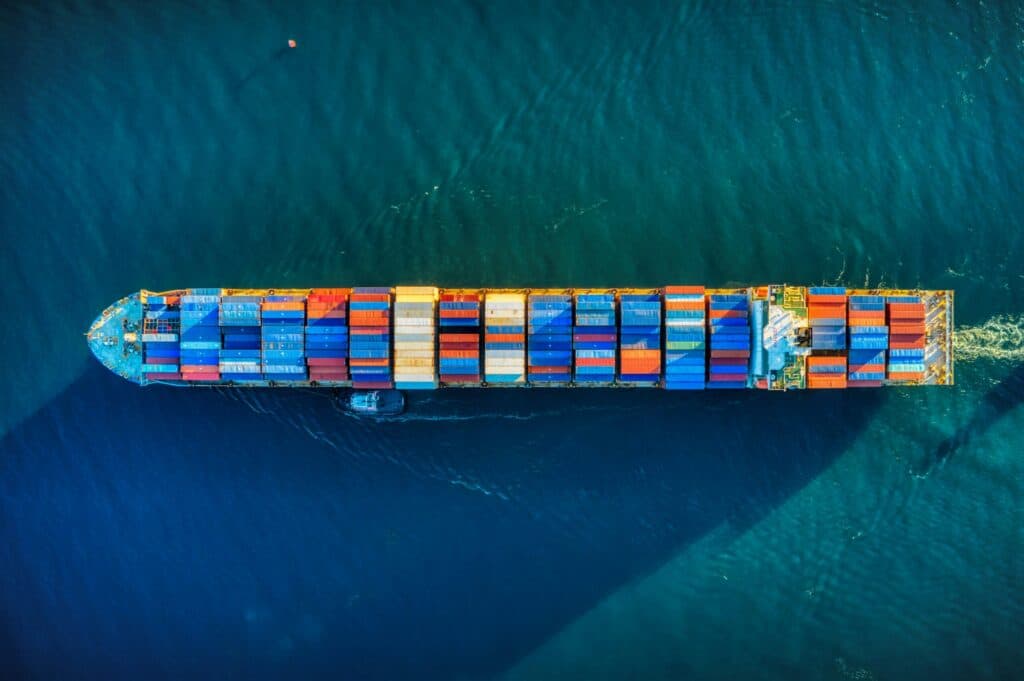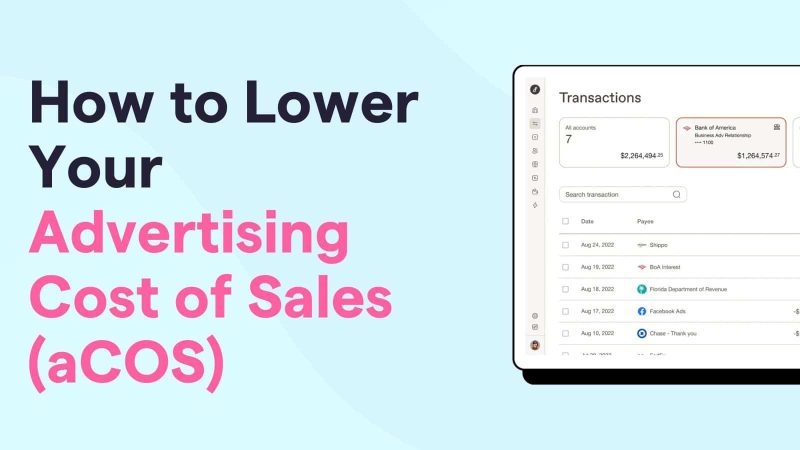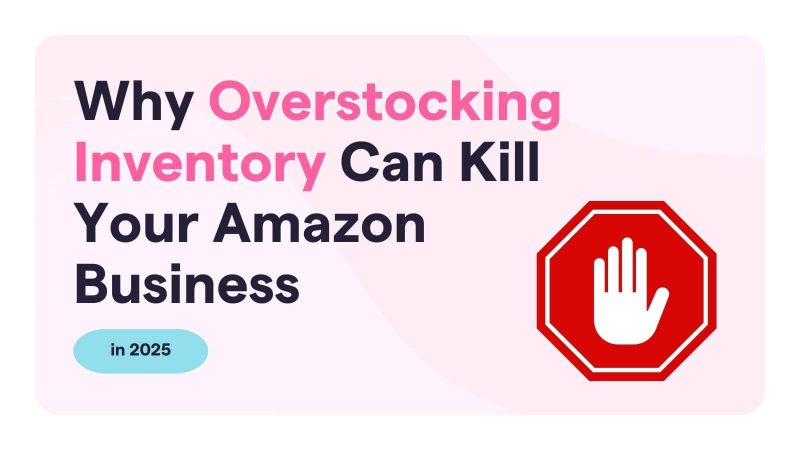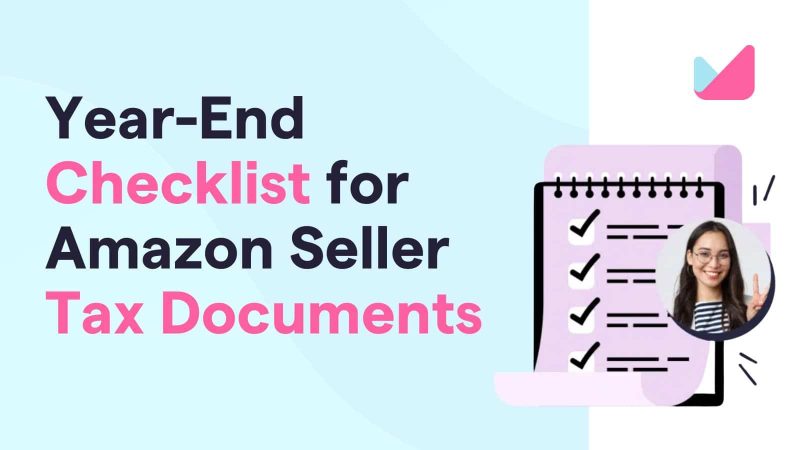Introduction
The landscape of Fulfillment by Amazon (FBA) fees has seen a notable shift, moving from an average of 15% to as much as 30% of revenue for some sellers. Amidst these changes, Amazon has introduced the Ships in Product Packaging (SIPP) program as a potential pathway for lowering FBA fees with SIPP. This blog post seeks to dissect these changes, focusing on the SIPP program and its potential to offer relief from rising fulfillment fees, while also introducing an often-overlooked financial lever—R&D tax credits.
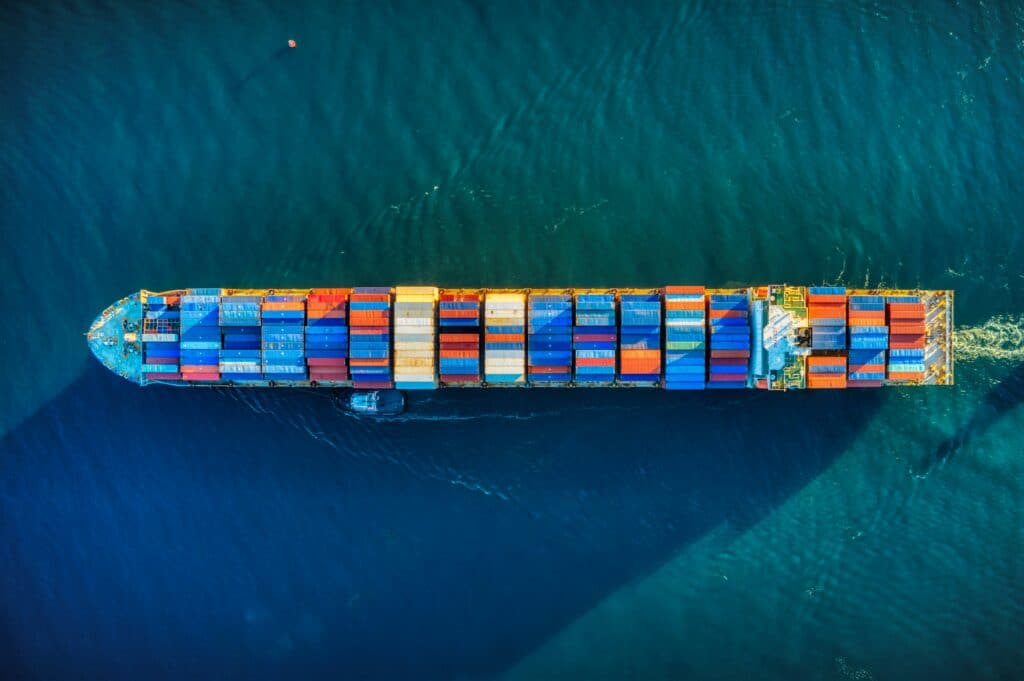
What is SIPP and why does it matter?
The Ships in Product Packaging (SIPP) program represents a significant shift in how products are fulfilled by Amazon, allowing them to be shipped in their original manufacturer’s packaging. This innovation aims at lowering FBA fees with SIPP by reducing waste and packaging costs, and by enhancing the brand experience directly in the hands of consumers. For Amazon sellers, understanding and leveraging SIPP could be a critical strategy in managing increasing fulfillment expenses and meeting consumer expectations for sustainability.
How SIPP Can Save Fees
By participating in the SIPP program, sellers can potentially reduce their fulfillment fees in several ways. First, by eliminating the need for additional Amazon packaging, sellers can decrease the overall weight and dimensions of their shipments, possibly qualifying their products for lower size tiers and corresponding fees. Additionally, the SIPP program encourages the design of more efficient packaging, which not only meets Amazon’s sustainability goals but also optimizes space during shipping—further lowering FBA fees with SIPP. However, sellers must carefully weigh these potential savings against the costs and practicalities of redesigning packaging to meet SIPP standards.

The Role of R&D Tax Credits in Offsetting Packaging Redesign Costs
Transitioning to SIPP-compliant packaging might qualify sellers for R&D tax credits, providing a financial incentive to innovate packaging designs. These credits offer a method to recoup some of the costs associated with packaging redesign, particularly if these efforts aim to enhance product sustainability or efficiency. By integrating R&D tax credits into their financial strategy, sellers can offset the initial investment required for SIPP compliance, making it a more feasible option for reducing fulfillment fees.

Conclusion: Weighing the Benefits Against the Costs
While the SIPP program offers a promising avenue for some sellers to reduce their fulfillment fees, the decision to transition should be made after a careful analysis of potential savings, the cost of packaging redesign, and the strategic use of R&D tax credits. This holistic approach ensures that sellers not only navigate the immediate changes in FBA fees but also position themselves advantageously for future financial health and compliance with evolving consumer expectations. You can also always login to your seller central account and see what your options are and if your products qualify for the SIPP Program.
Are you an Amazon seller looking to navigate the complexities of FBA fees and explore the SIPP program as a strategy for lowering your operational costs? Our team is here to provide expert guidance and support. Contact us today to learn how we can help you optimize your fulfillment strategy and take advantage of potential savings with SIPP.
Want to master your eCommerce finances with crystal-clear insight? Schedule a call with our team today!
